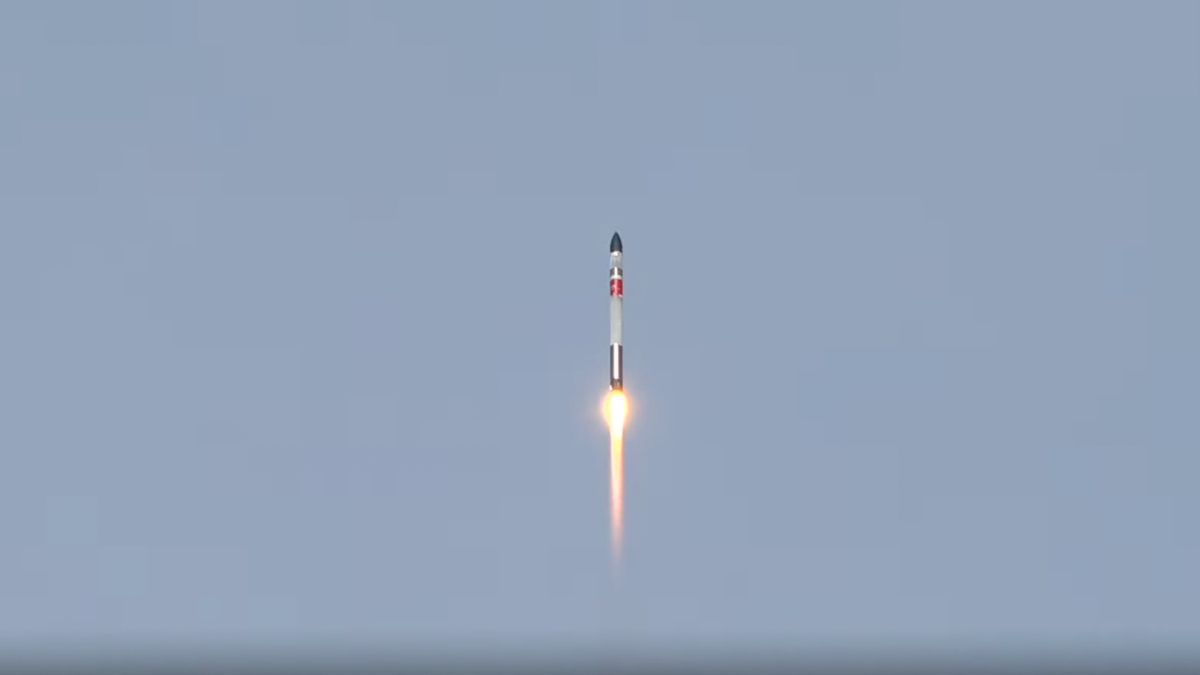The New Zealand company Rocket Lab launched an Electron rocket on Tuesday night. It launched into space an experimental solar sail spacecraft and a Korean satellite to observe the Earth’s surface. The launch took place just 16 minutes after the SpaceX Falcon 9 rocket launched into space.

Launch of a space sail
On the night of April 23-24, two successful spacecraft launches took place with a minimum time gap. First, SpaceX launched 23 new Starlink satellites into space from the Florida spaceport. And just 16 minutes later, Rocket Lab’s Electron rocket launched from New Zealand.
This particular launch is one of the most interesting this year. After all, the Advanced Composite Solar Sail System, also known as ACS3, was on board. This is a fairly small probe designed to test a solar sail of a new design. Its developer is NASA.
Solar sails are not a new idea. The principle of their operation is based on the fact that particles of light photons have momentum, although small. This means that the radiation of our luminary exerts pressure on all bodies, although very little. Therefore, if a spacecraft is equipped with a large plane made of extremely light material, it will be able to accelerate it for a long time without any energy expenses.
Space sail technology is extremely promising for accelerating small unmanned probes. However, so far only experimental vehicles have been sent into space and some of them have even completed the tasks assigned to them. For example, the LightSail 2 mission, launched in 2019, has been successfully operating for three years.
NASA has applied a new sail design in ACS3. It will look like a square with a side of 9 meters. Engineers hope that it will be more effective than previous models.
Korean satellite and Rocket Lab plans
Interestingly, the Advanced Composite Solar Sail System is considered only a secondary space load. The main spacecraft that Rocket Lab launched into orbit this night is the South Korean Earth observation satellite NEONSAT-1.
This device is equipped with a powerful digital camera and an artificial intelligence system. According to the South Korean government, its main task will be to monitor natural disasters near the coast of the country. At least one more such satellite is expected to join NEONSAT-1 in the coming years.
The current mission received the name “Beginning of the Swarm” from Rocket Lab. They like loud slogans. It was the 47th for the company and the fifth this year. All but four launches were carried out by the company from the territory of its native New Zealand. The rest of the launches took place from the territory of the Wallops base in the USA.
Rocket Lab feels confident enough and expects new missions. Now they are working to teach the first stage of the Electron carrier to land on the Earth in a controlled manner. This will make it possible to reuse it.
According to www.space.com
Follow us on Twitter to get the most interesting space news in time
https://twitter.com/ust_magazine


